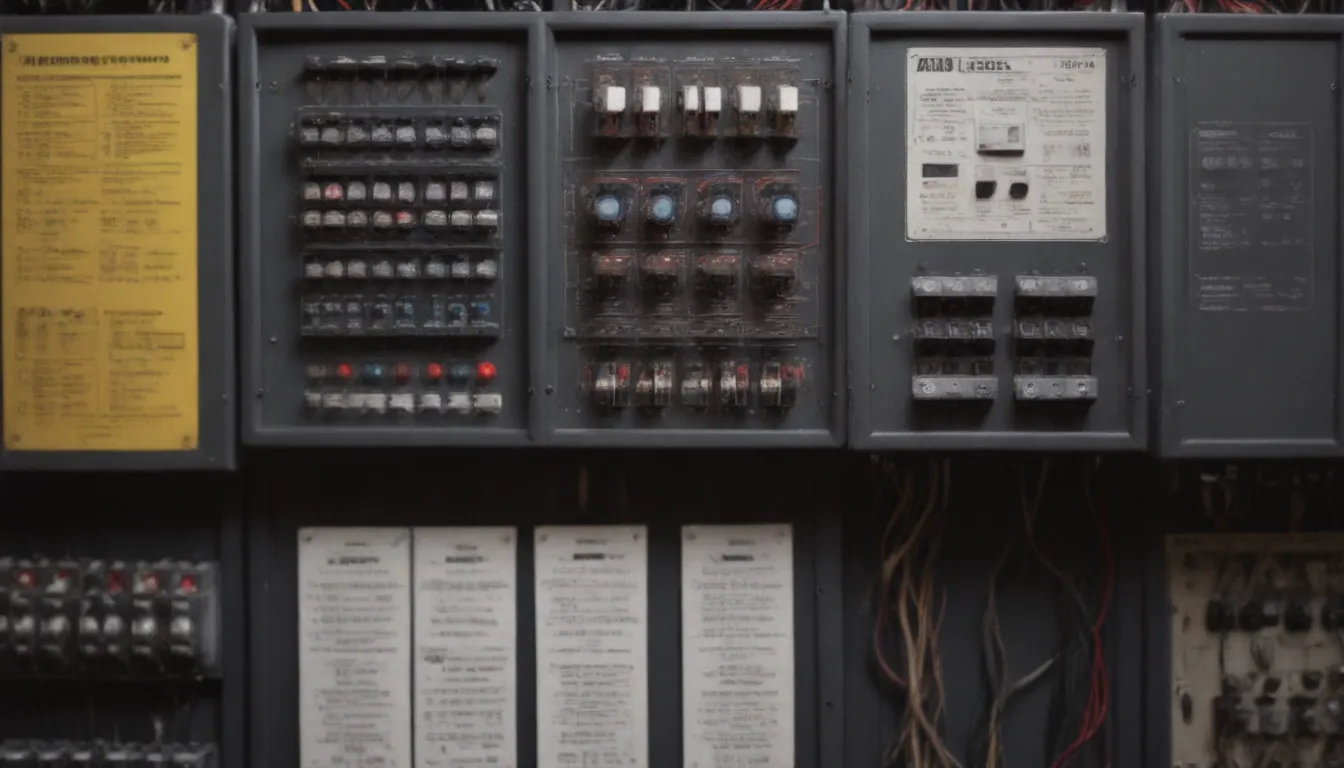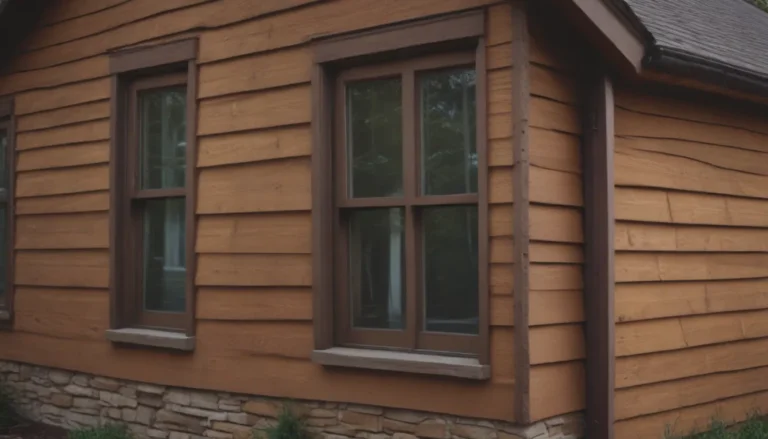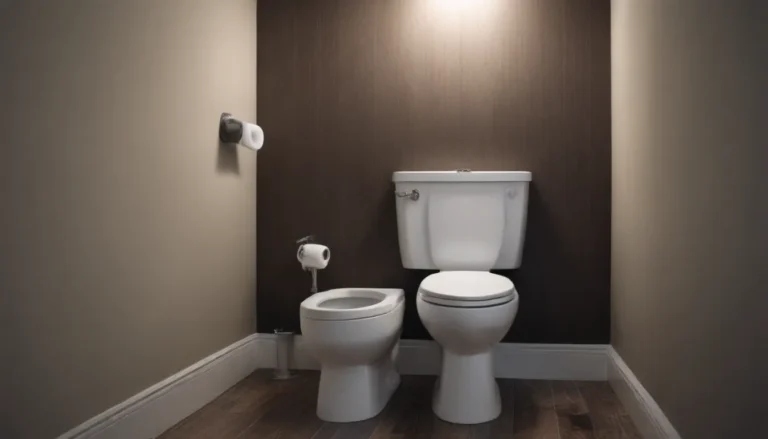Everything You Need to Know About Electrical Panels: Replacement Signs, Maintenance, and Homeowner Basics

Hey there! Have you ever stopped to think about the electrical panel in your home? It’s that metal box tucked away somewhere that we often forget about until something goes wrong. Like when the power goes out in the kitchen because you switched on the blender, and resetting the outlet doesn’t help. Suddenly, we need to know more about our electrical panel box. Whether you have an older home with an aging electrical system or a newer one where the panel is out of sight and out of mind, understanding the basics of your electrical service panel is crucial. It’s essential for keeping your home safe, well-lit, and energized. Plus, knowing how to handle your electrical panel can save you money on repairs and upgrades.
What is an Electrical Service Panel?
The electrical service panel is like the heart of your home’s electrical system. It’s the connection point where the external wires from the street meet the internal wires of your home’s electrical system. The service panel distributes power from the main service wire to different parts of your house through branch circuits. In single-family homes, the homeowner owns the electric service panel, making them responsible for any issues that arise.
Common Electrical Panel Sizes
Electrical panels come in different sizes based on the amount of power they can provide to your home. Here are some common sizes and the amount of power they deliver:
- 100 amps: Ideal for smaller homes with basic electrical needs.
- 150 amps: Suitable for medium-sized homes with average electrical usage.
- 200 amps: Common in modern homes and provides more power for larger houses or those with high energy demands.
- 400 amps: Used for larger homes or commercial buildings with extensive electrical requirements.
If your home is older or you’re experiencing issues like tripped breakers, flickering lights, or overheating panels, it might be time to consider upgrading your electrical panel.
Signs that You Need Electrical Panel Replacement
Knowing when it’s time to replace your electrical panel is essential for home safety. Here are some signs that indicate you might need a replacement or upgrade:
- Tripped breakers or blown fuses frequently
- Flickering lights or dimming when using appliances
- Buzzing or crackling sounds coming from the panel
- Panels that feel hot to the touch
- Signs of rust, corrosion, or burning smells near the panel
If you notice any of these signs, it’s best to contact a licensed electrician to assess your panel and recommend the best course of action.
Electrical Panel Safety Tips
Safety should always be a top priority when dealing with electrical panels. Here are some essential safety considerations to keep in mind:
- Avoid touching the lugs: Even with the main breaker off, the lugs can still be energized.
- Work with caution: Handling live wires and circuit breakers can be dangerous. Always follow safety guidelines and consider hiring a professional for complex repairs.
- Protective gear: When working on the panel, wear appropriate protective gear like gloves and safety glasses to prevent electrical shocks.
- Seek professional help: While homeowners can perform basic panel maintenance, more complex repairs and upgrades should be done by a qualified electrician.
Where to Find Your Electrical Service Panel
Locating your electrical service panel is crucial for maintenance and safety. Here are some common locations where you might find your panel:
- Garage: Often found on a wall adjacent to the house for easy access.
- Basement: Common location in homes with basements, usually on an exterior wall.
- Hallways: Look for panels in hallways leading to the garage or outdoors.
- Pantry or Closet: Panels may be hidden away in a pantry or utility closet near the kitchen.
- Outdoors: In some cases, the panel may be located outside, especially for older homes with fuse boxes.
Remember, if you’re having trouble locating your electrical panel, start by looking at the service drop and service head on your roof. The panel should be directly below at one of the lower levels of your home.
Upgrading Your Electrical Panel
Adding more circuits or upgrading your electrical panel can enhance the safety and efficiency of your home’s electrical system. Here are some tips for adding circuits to your panel:
- Check for available spaces: Make sure there are empty slots in your panel to accommodate new circuits.
- Consider tandem breakers: Tandem breakers can fit two circuits in a single slot, allowing you to add more circuits without changing the panel.
- Consult a professional: If you’re unsure about adding circuits or upgrading your panel, it’s best to consult with a licensed electrician for guidance.
DIY vs. Professional Electrical Panel Work
While homeowners are allowed to perform basic maintenance on their electrical panels, more complex repairs and upgrades are best left to professionals. Hiring a qualified electrician ensures the work is done safely and up to code. Remember, the cost of electrical panel upgrades or replacements can vary based on the size of the panel and the extent of the work needed.
In conclusion, understanding your electrical panel and knowing when to repair or replace it is essential for home safety and functionality. By taking the time to learn about your electrical system and following safety guidelines, you can ensure your home remains well-lit, energized, and hazard-free. If you have any doubts or concerns about your electrical panel, don’t hesitate to reach out to a licensed electrician for expert advice and assistance. Stay safe and informed when it comes to your home’s electrical needs!





